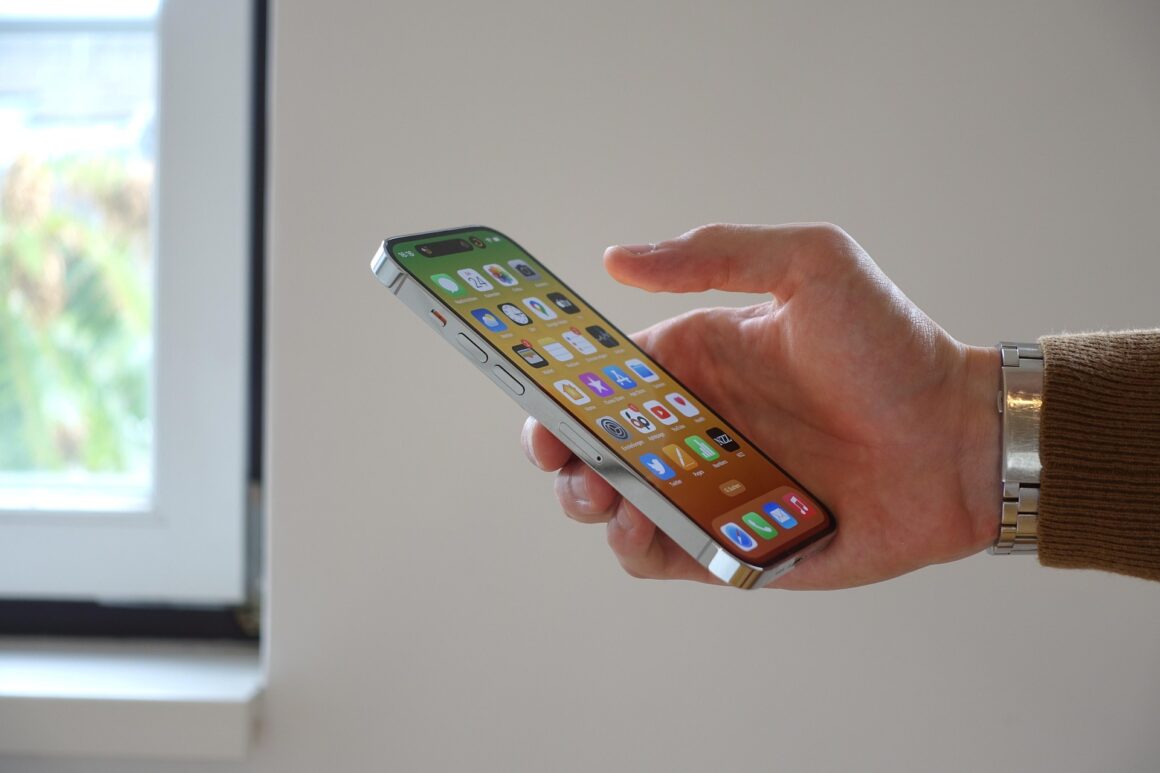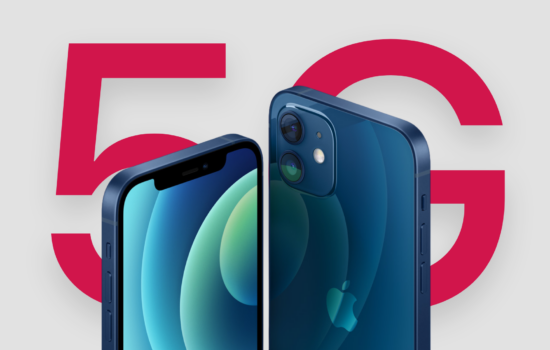The digital finance landscape is experiencing a notable shift as iPhone users increasingly embrace cryptocurrency applications. This growing preference for crypto-friendly mobile solutions represents a confluence of technological advancement, changing financial attitudes, and Apple’s evolving stance on digital assets. As cryptocurrencies continue their march toward mainstream acceptance, the iOS ecosystem has become an increasingly hospitable environment for users looking to manage their digital assets conveniently and securely.
Apple’s Evolving Approach to Cryptocurrency
Apple historically maintained a cautious approach to cryptocurrency apps, enforcing strict guidelines that limited features and led to occasional removals from the App Store. In recent years, however, policy changes have created a more favorable environment for crypto platforms on iOS.
Apps like Coinbase, Binance, and Crypto.com now offer full functionality, taking advantage of iPhone hardware features such as biometric authentication and high-resolution displays. The result is a broader range of secure, visually polished crypto apps that meet both Apple’s standards and user demands.
The Self-Custody Movement
A growing trend among iPhone users is the increasing focus on self-custody solutions. Instead of relying solely on centralized exchanges, users are opting for non-custodial wallets that provide complete control over their private keys. This shift reflects broader concerns about the vulnerabilities of centralized services, especially after several high-profile exchange failures. As a result, more crypto holders are downloading crypto wallets directly onto their iPhones, taking charge of their digital assets, an action once reserved for more tech-savvy individuals.
iOS applications have played a key role in simplifying traditionally complex processes. With features like intuitive backup mechanisms, recovery options, and clear transaction signing interfaces, self-custody has become much more accessible. By presenting these technical concepts in a user-friendly way, developers have enabled more iPhone users to safely manage their digital assets. Today, the best bitcoin wallet for iOS enhances security with self-custody features, allowing users to explore promising cryptocurrencies and manage tokens with ease, all from a single app. This move toward self-custody marks a fundamental shift in how iPhone users manage their digital assets, giving them greater control over their financial futures with increased confidence.
The Drive Toward Financial Autonomy
A primary factor driving crypto adoption among iPhone users is the growing desire for financial independence. Emerging demographics and tech-savvy consumers are increasingly seeking alternatives to traditional banking systems. Cryptocurrency, with its decentralized nature and global accessibility, aligns perfectly with this pursuit of greater financial sovereignty.
Mobile cryptocurrency applications support this desire by providing direct access to trading platforms, staking opportunities, lending protocols, and decentralized finance (DeFi) ecosystems. The convenience of managing these financial activities from a mobile device has transformed iPhones into powerful financial management tools. Users can now monitor market trends, transfer assets between wallets, and execute trades without requiring desktop access. The iPhone’s advanced security features further complement these applications by providing robust protection for digital assets.
Superior Design and User Experience
The iOS ecosystem has long been associated with exceptional design standards and intuitive user experiences, and it has a long history of innovation. This design philosophy has carried over to cryptocurrency applications, many of which offer more refined interfaces on iOS compared to alternative platforms. Developers recognize the importance of aesthetic appeal and usability for Apple customers and have responded by creating applications that balance sophisticated functionality with accessibility.
Applications such as Phantom (for Solana-based assets) and MetaMask exemplify this approach through clean interfaces and streamlined workflows. These thoughtful designs reduce complexity and create more welcoming environments for newcomers to cryptocurrency. By emphasizing user experience, developers have succeeded in lowering entry barriers and fostering greater adoption among iPhone users who might otherwise find cryptocurrency technology intimidating.
In-app tutorials, simple wallet setup processes, and integrated help features guide users through each step without requiring technical expertise. Many apps also support customizable dashboards, allowing users to focus on features most relevant to their needs. This attention to design not only enhances usability but also builds trust through clarity and ease of navigation.
Enhanced Privacy and Security Protections
Privacy and security considerations take on heightened importance in cryptocurrency management, where a simple mistake can result in irreversible financial loss. Apple’s reputation for robust privacy protections creates natural synergy with cryptocurrency users’ security concerns. iOS applications benefit from the platform’s strict permission controls and limited tracking capabilities, providing reassurance to privacy-conscious users.
The integration of hardware-level security features further strengthens this appeal. Technologies such as the Secure Enclave and biometric authentication methods like Face ID offer additional protection layers for digital asset storage. Many wallet applications now allow for local private key storage, reducing dependence on remote servers and giving users greater control over their security setup
Developers are also integrating built-in security alerts to flag suspicious transactions or wallet activity in real time. Some apps include optional two-factor authentication for added verification during transfers or account changes. Together, these protections offer a level of safety that aligns well with the cautious mindset of long-term crypto holders..
Expanding Beyond Trading Functionality
While trading remains a fundamental application, cryptocurrency software on iOS now encompasses a much broader range of financial activities. Modern applications support interaction with non-fungible tokens (NFTS), facilitate international money transfers, provide portfolio analytics, assist with tax compliance, and enable participation in decentralized finance protocols.
This functional diversity makes cryptocurrency increasingly relevant to everyday financial management. For example, freelancers can now receive payments in stablecoins, convert them to fiat currencies within the same application, or use them directly for purchases through integrated payment systems. By expanding beyond mere speculation, these applications create ongoing utility that encourages regular engagement with cryptocurrency ecosystems.
Users can also stake tokens to earn passive income, track spending across multiple wallets, and receive real-time alerts on market movements. Some apps offer built-in access to decentralized exchanges (DEXS), making it easier to swap tokens without leaving the platform. As these tools become more advanced, users are finding fewer reasons to rely solely on traditional banking apps.
Regulations Are Making Crypto Apps Safer
The evolving regulatory landscape has contributed significantly to increased adoption of cryptocurrency applications. As legal frameworks mature across different jurisdictions, developers gain clearer compliance guidelines, resulting in more secure and trustworthy applications. The App Store review process adds another layer of perceived legitimacy, as many users interpret approval as an indication of basic security and legal compliance.
Though regulatory approaches remain inconsistent globally, the presence of licensed exchanges and compliant wallet services on the App Store helps establish credibility in the cryptocurrency space. For those new to digital assets, this association with Apple’s trusted ecosystem reduces perceived risk and encourages initial exploration.
Multi-Chain Support and Interoperability
The cryptocurrency ecosystem has evolved well beyond its initial focus on Bitcoin and Ethereum. Modern users interact with numerous blockchains, each offering distinct advantages and capabilities. Leading iOS applications have responded by incorporating multi-chain support, allowing users to access diverse ecosystems through unified interfaces.
Its interoperability is especially valuable for users engaged with DeFi protocols or NFT marketplaces across multiple networks. The ability to easily navigate between Ethereum, Solana, Polygon, Avalanche, and emerging Layer-2 solutions through a single app improves convenience and reduces friction, offering a streamlined experience for iPhone users.






